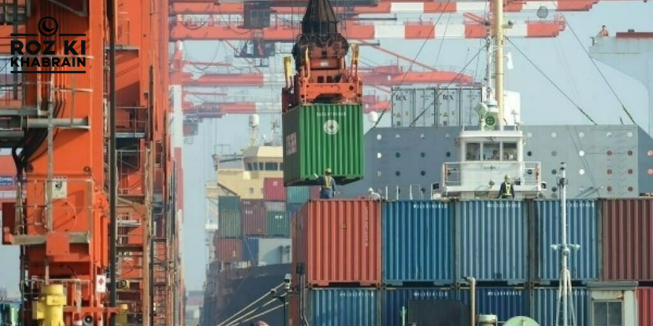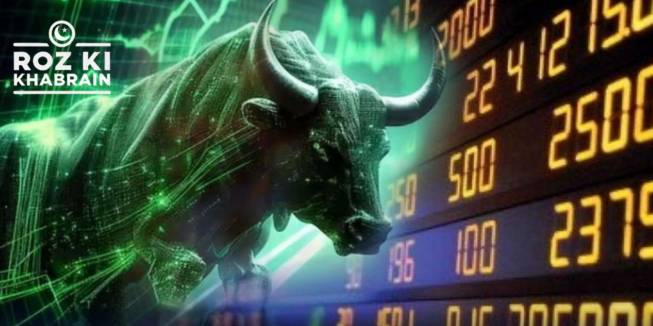The Pakistani Rupee has experienced fluctuations against major currencies in the latest exchange rates, reflecting changes in the foreign exchange market.
Currently, the US Dollar (USD) is being bought for Rs 278.00 and sold for Rs 280.00, gaining ground in the international market amid escalating tensions in the Middle East.
The British Pound (GBP) has seen a slight decline, trading at Rs 365.25 for buying and Rs 368.90 for selling. Meanwhile, the Euro (EUR) is valued at Rs 304.85 for buying and Rs 307.85 for selling.
In the Gulf currency market, the Saudi Riyal (SAR) is trading at Rs 73.70 for buying and Rs 74.40 for selling, while the UAE Dirham (AED) is priced at Rs 75.45 for buying and Rs 76.20 for selling. Both of these currencies are pegged to the USD and generally follow the same trend as the Greenback.
The Australian Dollar (AUD) fluctuates between Rs 188.30 for buying and Rs 191.00 for selling, while the Canadian Dollar (CAD) trades at Rs 203.40 for buying and Rs 206.00 for selling.
Among other notable currencies, the Swiss Franc (CHF) is being bought at Rs 324.00 and sold at Rs 327.30. The Omani Rial (OMR), Bahraini Dinar (BHD), and Kuwaiti Dinar (KWD) continue to hold high values, with the OMR trading at Rs 718.50 for buying and Rs 726.00 for selling, the BHD at Rs 732.60 for buying and Rs 740.00 for selling, and the KWD at Rs 900.00 for buying and Rs 909.00 for selling.
Recently, the Pakistani Rupee has shown a modest appreciation, gaining Rs 0.05 to close at Rs 277.64 against the US Dollar in the inter-bank market, matching last week’s six-month high.
This increase in the Rupee’s value can be attributed to the greater availability of foreign currency within the system, as reported by the State Bank of Pakistan (SBP).
The Rupee reached this six-month high after Pakistan received the first tranche of $1.03 billion from the International Monetary Fund (IMF) as part of the $7 billion Extended Fund Facility (EFF).
Although there was a slight decline earlier in the week due to rising demand for dollars, the currency rebounded by midweek.
SBP Governor Jameel Ahmad noted that the increased supply of foreign currency in the inter-bank market is helping meet the demand for imports and other foreign transactions.
This influx has been supported by higher remittances, contributions from the Roshan Digital Account (RDA), and improved export earnings. Ahmad emphasized that these factors have alleviated significant supply-demand pressures in the market.
Additionally, Pakistan has cleared the backlog of profit and dividend repatriations to foreign companies, a move expected to positively influence the domestic economy, along with moderate outflows and increased inflows.
The SBP’s reserves have also increased, surpassing $10.7 billion, providing more than two months of import cover—a significant improvement compared to recent times when reserves barely covered one month of imports.
In the open market, the Exchange Companies Association of Pakistan (ECAP) reported a slight depreciation, with the Rupee dropping by Rs 0.04 to close at Rs 279.88 against the US Dollar.
These developments highlight the ongoing dynamics of Pakistan’s currency market, shaped by external funding, remittances, and foreign exchange reserves, with significant implications for the country’s economy.




